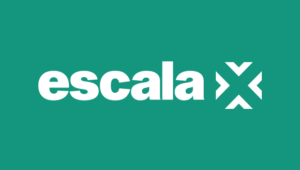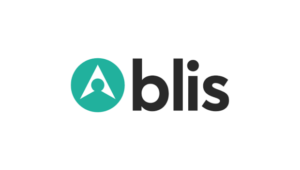Jana Jakovljevic, Head of Programmatic Solutions at Spotify, Discusses Cross-Platform Advertising
←Back to Indexby Ciaran O'Kane on 24th Dec 2015 in TRADERTALK
Filmed at ATS New York, this episode of TraderTalkTV features Jana Jakovljevic, head of programmatic solutions at Spotify. Here she gives a rare keynote presentation about the music streaming company’s role in the online ad industry and spoke for the first time about their programmatic ads business.
Despite reaching 75 millions users across the globe, programmatic didn’t make sense for Spotify until recently for three reasons: firstly, because a lot of Spotify’s traffic came from desktop app meaning no web browser cookies and therefore no opportunity for retargeting, no opportunity for post view attribution. Secondly, a lot of ad sizes on Spotify are custom, non-IAB standard formats that do not lend themselves to programmatic trading. Finally, most of Spotify’s ads are audio based and the audio programmatic business was pretty much non-existent up to this year.
Three quarters of Spotify’s users are non-premium, meaning they are served ads in return for using Spotify’s content, rather than paying for an ad-free experience.
Spotify have more than doubled their ads business year over year and more than tripled their mobile ads business.
This makes Spotify a relatively new arrival at the programmatic party having started testing in February this year (2015). Driving the growth in Spotify’s ads business is the opportunity for advertisers to own the conversation they are generating with users through advertising. Because Spotify is an app, ads shown are highly visible as there is no fold to be below. In addition, ads are only shown when the ad is active not when it is minimised or behind another window which is a luxury not afforded to many web publishers. Finally, Spotify only show one ad to a singe user at any one time.
Every action that happens on Spotify is driven by a logged in user, meaning there is a huge amount of first party data at their disposal. Spotify’s listeners spend more than 2 hours a day using the app, listening throughout the day rather than in one long session. These different bouts of use represent different moments in a day, e.g. showering, working out, commuting etc. The fact that users name their playlists means that Spotify have a good idea of what they are doing when they are engaging with their audio content.
All this data is used in a number of ways, e.g. discovery suggestions tailored to users based on their music taste. The data can also be used to drive ideas for direct sold campaigns, e.g. Spotify saw a spike in “coffee” playlists between 2pm and 3pm, so they worked with Dunkin Donuts to run a campaign promoting their iced coffees during this time to drive sales.
In the last 12 months Spotify have invested heavily in both products and people that will enable them to “keep free, free” meaning they can support their non-premium members through advertising. One such example is the launch of Spotify’s PMPs in October this year. Spotify made a decision to treat PMPs a product launch and educated the sales team to understand what programmatic is.
Following her keynote presentation, Ciaran O’Kane joined Jana for a fireside chat where he posed questions such as:
- How is Spotify approaching a strategy around multi-device?
- How are you building the market for programmatic video?
- What do you think is the future for programmatic audio?
- With a huge user base, you have a lot of first party data, does that give you a unique advantage in programmatic?
- Is technology fragmentation a problem for you?
- What is the value proposition for brands when post-view attribution is impossible?
- How do you overcome the lack of viewability measurement in in-app publishing?
- How do you educate a sales team to sell programmatic when they’re used to direct deals?
- Will Spotify enter into the direct response market?














Follow ExchangeWire